Photo

by Jean-Frédéric Schnyder
1K notes
·
View notes
Text

Hammond, William (Bill) - Wishbone Ash Stash, 2010.
Source: https://www.stuff.co.nz/the-press/entertainment/christchurch-arts/4209996/Bill-Hammonds-visionary-artworks

Hammond, William (Bill), Jingle Jangle Morning, 2006.
Source: https://www.aasd.com.au/artist/45-william-bill-hammond/works-in-past-sales/
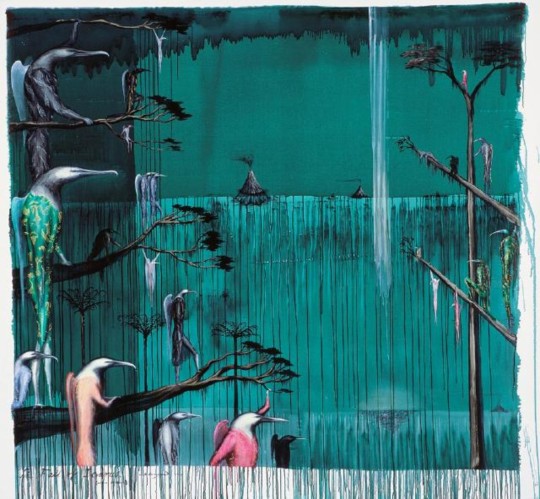
Bill Hammond - The Fall of Icarus, 1995, Acrylic on canvas. Collection of Christchurch Art Gallery, purchased, 1996. Reproduced with permission. Source: https://christchurchartgallery.org.nz/events/bill-hammond-the-fall-of-icarus-1995
Bill Hammond born William Hammond (29 August 1947 – 30 January 2021) was a New Zealand artist who was part of the Post-colonial Gothic movement at the end of the 1990s. He lived and worked in Lyttelton, New Zealand. The theme of his works centred around the environment and social justice.
Hammond was born in Christchurch on 29 August 1947. He attended Burnside High School. He went on to study at the Ilam School of Fine Arts of the University of Canterbury from 1966 until 1969. Before embarking on his career in art, he worked in a sign factory, made wooden toys, and was a jewellery designer. He also had a keen interest in music, serving as the percussionist for a jug band.
Hammond started to exhibit his works in 1980, and went back to painting on a full-time basis one year later. His first solo exhibition was at the Brooke Gifford Gallery in Christchurch in 1982. In March 1987 he showed for the first time at the Peter McLeavey Gallery in Wellington, an exhibition followed by over 20 others.
One of Hammond's best known work was the painting Waiting for Buller (1993). This was in reference to Walter Lawry Buller, the first New Zealander ornithologist who wrote A History of New Zealand Birds in 1873. Hammond was particularly interested in the contradictions in Buller's life, in how he documented birds while being a hunter and taxidermist. Another noted piece of his was Fall of Icarus (1995), which explores the effects of the colonisation on the country, and is exhibited at Christchurch Art Gallery. The Guardian described this as "his most famous work". His painting Bone Yard, Open Home (2009) was the largest single piece of canvas he painted, with a width of more than four metres.
The overarching theme of Hammond's work was social and environmental issues. Specifically, it touched on the imperiled state of both, as well as the destruction brought on by colonisation. His paintings feature two common themes: references to popular music and gaunt creatures with avian heads and human limbs. The characters in Hammond's paintings, which were often anthropomorphic animals, rarely move away from their natural habitat and are in no hurry. Humans are notably absent from his works during the later part of his career, which was influenced by his visit to the Auckland Islands in 1989. Two signature colors employed by Hammond were emerald green and gold. He was also at the forefront of the Post-colonial Gothic movement. This ultimately became "one of the most influential tendencies in New Zealand painting" at the turn of the 3rd millennium.
Hammond eschewed giving interviews and guarded his privacy. He died on the evening of 30 January 2021, at the age of 73. He was labelled as one of the country's "most influential contemporary painters" by Radio New Zealand.
https://en.wikipedia.org/wiki/Bill_Hammond
#bill hammond#new zealand artists#post colonisl gothic movemenf#anthropomorphic animals#contemporary painters#avian
0 notes
Text

Giovanni Battista Moroni (1524-1579) - Isotta Brembati, 1555.
Giovanni Battista Moroni (1524-1579) was an Italian Renaissance painter notable for his sober and dignified portraits. He was best known for his elegantly realistic portraits of the local nobility and clergy, he is considered one of the great portrait painters of sixteenth century Italy.
Moroni was a pupil of the local painter Moretto da Brescia, who strongly influenced Moroni’s manner in painting religious compositions. It is Moroni’s portraits that have earned him his importance, however, for he was one of the few Italian Renaissance artists who made portraiture their chief specialty. His portraits were mostly of the petty aristocracy and bourgeoisie of Bergamo. He also worked in Brescia and Trento, where he painted mostly religious works. One of his best-known works is The Tailor (1565–70). Moroni emphasized a sitter’s dignity and nobility by means of natural, unforced poses and masterful compositions and infused his portraits with physiognomic individuality and psychological depth. Despite their impassive facial expressions, many of his portraits impart a sense of gentle melancholy that is reinforced by predominantly gray tonalities and by a restrained treatment of the textures of cloth and draperies. Moroni’s simple yet subtle style of portraiture was clearly influenced by that of Titian, who himself commended Moroni’s work. Among Moroni’s other more-notable portraits are the Portrait of Pietro Secco Suardo (1563) and the Portrait of Gian Gerolamo Grumelli (c. 1560)
More info: https://en.wikipedia.org/wiki/Giovanni_Battista_Moroni
0 notes
Text
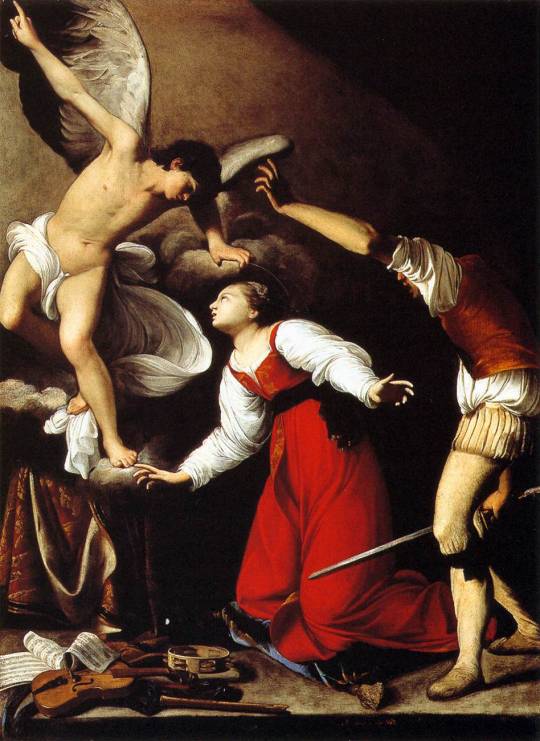
Carlo Saraceni (1579–1620) - The Martyrdom of St. Cecilia, 1610.
5 notes
·
View notes
Text

Orazio Gentileschi (1563–1639) - David and Goliath, between circa 1605 and circa 1607.
#orazio gentileschi#david and goliath#religious art#16th century art#oil on canvas#the father of artemisia gentileschi
1 note
·
View note
Text
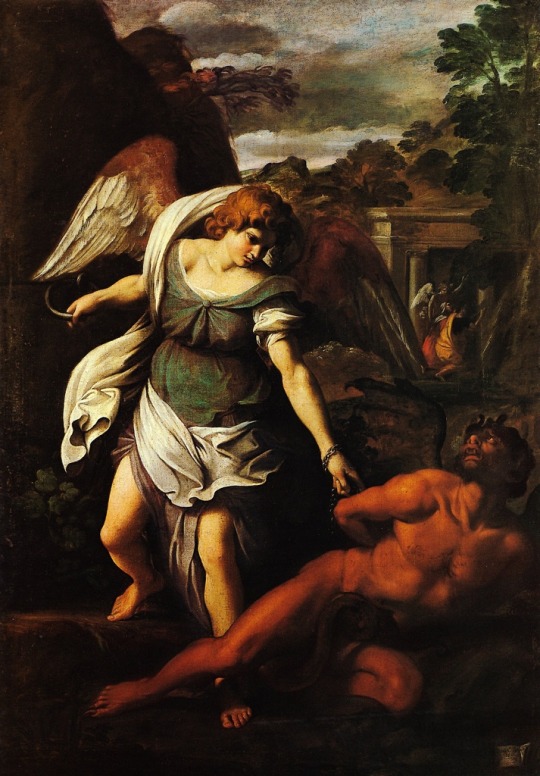
Giovanni Lanfranco (1582-1647) San Raffaele Arcangelo trionfa sul demonio, 1610.
#archangel raphael#16th century art#religious art#giovanni lanfranco#oil on canvas#Saint Raphael the Archangel triumphs over the devil#the devil#lucifer#satan#saint raphael the archangel#San Raffaele Arcangelo trionfa sul demonio#baroque
0 notes
Text
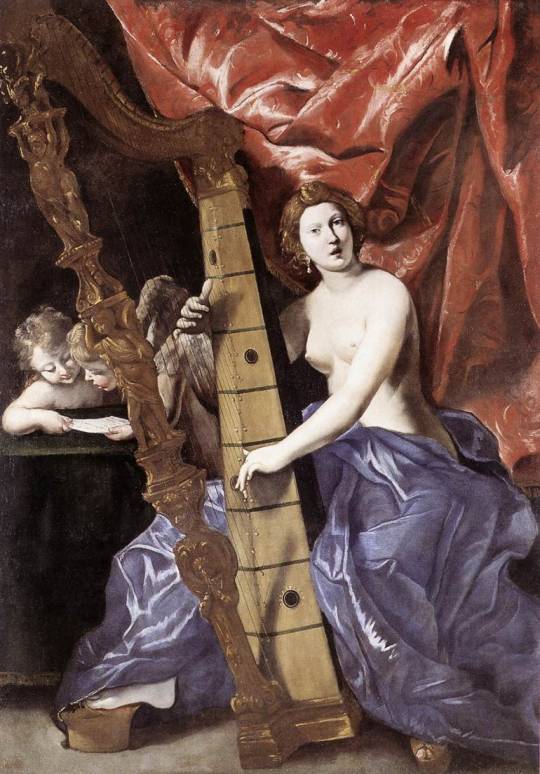
Giovanni Lanfranco (1582–1647) - Venus Playing the Harp (Allegory of Music), between 1630 and 1634.
#giovanni lanfranco#venus#greek mythology#allegorical art#allegorical painting#16th century art#baroque#oil on canvas#goddess venus#cherubs
2 notes
·
View notes
Text
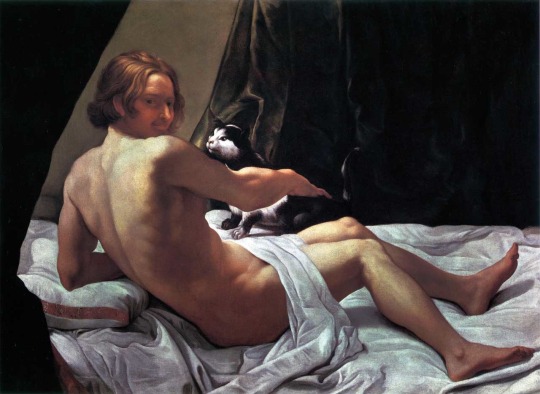
Giovanni Lanfranco (1582–1647) - Giovane nudo sul letto con un gatto, between 1620 and 1622.
0 notes
Text
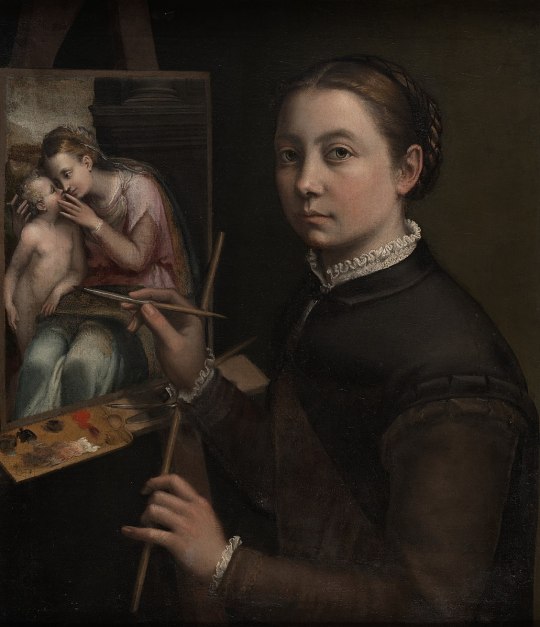
Sofonisba Anguissola (1532–1625) - Self-portrait at an Easel, 1556.

Portrait of Bianca Ponzoni Anguissola (1557) by Sofonisba Anguissola.
#Sofonisba Anguissola#16th century art#Self-portrait at an Easel#oil on canvas#portrait artist#women in art#Bianca Ponzoni Anguissola
0 notes
Text

Artemisia Gentileschi (1593–1653) - Santa Caterina di Alessandria, c. 1615–1617.
The painting is a representation of Catherine, the daughter of King Costus of Alexandria, who defied the emperor Maxentius with her staunch defense of her Christian faith. She was sentenced to death by use of a spiked wheel, but was saved when the instrument miraculously broke. She was subsequently beheaded and later recognized as a Christian martyr, with the broken spiked wheel as her symbol. She is portrayed in a striking red gown with gold embellishment, holding the martyr's palm frond and wearing an elaborate gem-encrusted crown.

Self portrait of Artemisia Gentileschi (1593-1654) as Saint Catherine, c. 1616.
Self-Portrait as Saint Catherine of Alexandria is a 1615–1617 painting by the Italian Baroque artist Artemisia Gentileschi, showing the artist in the guise of Catherine of Alexandria. It is now in the collection of the National Gallery, London, which purchased it in 2018 for £3.6 million, including about £2.7 million from its American Friends group.
It was painted during Gentileschi's time in Florence, and is similar to her Saint Catherine of Alexandria (c. 1619), now in the Uffizi Gallery. It is one of several paintings of female martyrs that Gentileschi made after her famous 1612 rape trial, in which she (unlike the accused) was subject to torture to test the veracity of her testimony.
#artemisia gentileschi#saint catherine of alexandria#16th century art#oil on canvas#Santa Caterina di Alessandria#catherine wheel#art history#Self-Portrait as Saint Catherine of Alexandria#cw: SA mention#women in art
0 notes
Text

Artemisia Gentileschi (1593–1653) - Santa Cecilia. c. 1620.
#artemisia gentileschi#santa cecilia#1620s#16th century art#oil on canvas#religious art#saint cecilia#women in art
2 notes
·
View notes
Text






Assortment of artworks on car hoods
194 notes
·
View notes
Text
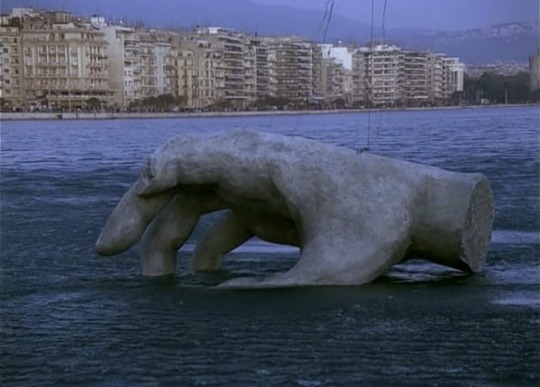

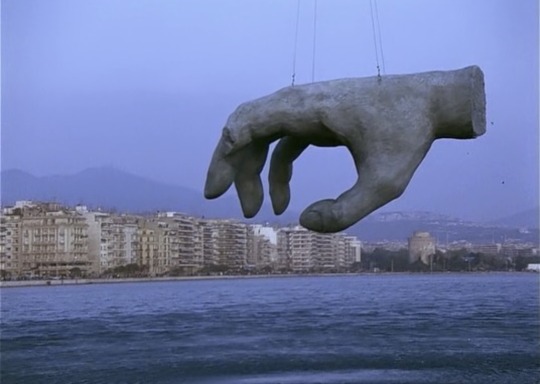
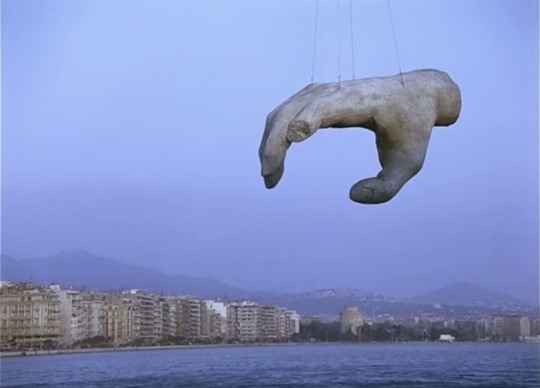




Theodoros Angelopoulos: ‘Landscape in the Mist’ (1988)
#photography#statue#art#water#watercore#seacore#theodoros angelopoulos#aesthetic#1988#1980s#80s aesthetic#80s#ocean#oceancore#ocean aesthetic#oceans#sea#beach#greek#greece#greek art#grecian#megalophobia#hands#hand#stone#giant hand
330 notes
·
View notes
Text

Liz McGowan: ‘Fern Ammonite’ (1992)
#liz mcgowan#art#photography#nature#naturecore#water#water aesthetic#watercore#pond#fairycore#forest#forestcore#aesthetic#fern#plantblr#plants#plantcore#greenery#scenery#cottagecore#plant
183 notes
·
View notes
Text
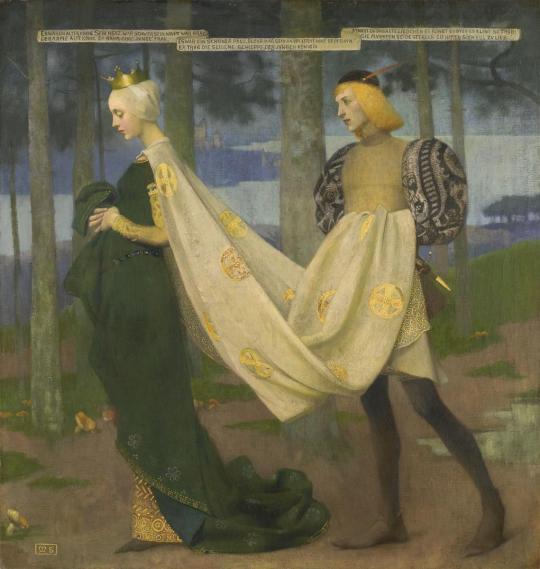
The Queen and the Page by Marianne Stokes (1855 - 1927)
#art#art history#artwork#culture#history#museums#painting#vintage#art nouveau#marianne stokes#the queen and the page
1K notes
·
View notes
Text
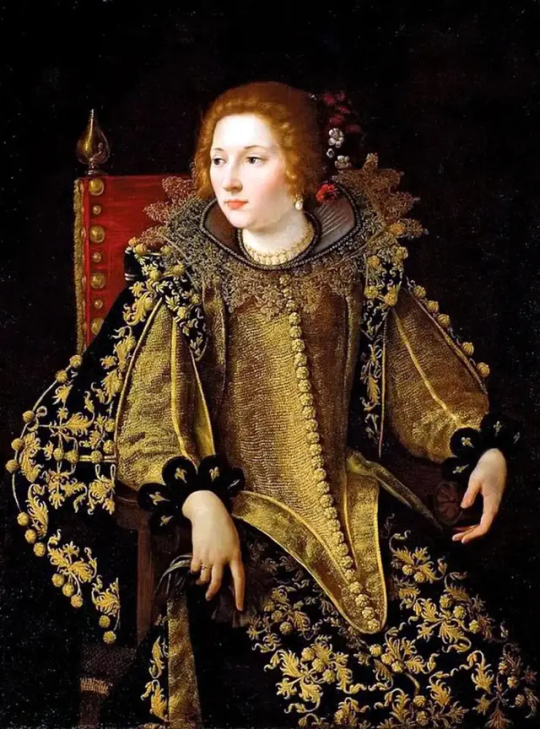
Artemisia Gentileschi (1593-1656) - Portrait of a Lady, Three-Quarter Length Seated, Dressed in a Gold Embroidered Elaborate Costume (1620)
#artemisia gentileschi#baroque art#portrait art#oil on canvas#1620s#16th century art#portrait of a lady#Gold Embroidered Elaborate Costume#women in art
0 notes
